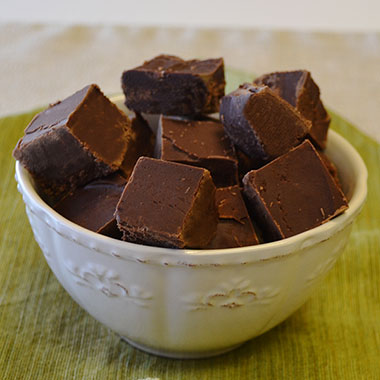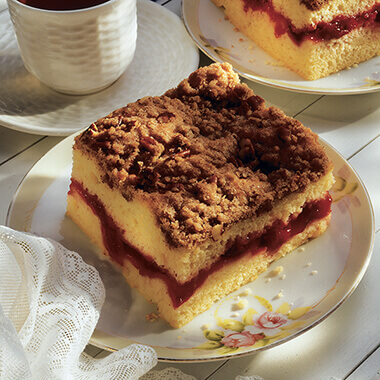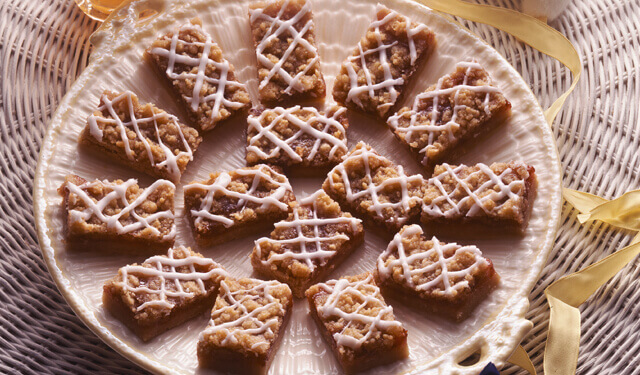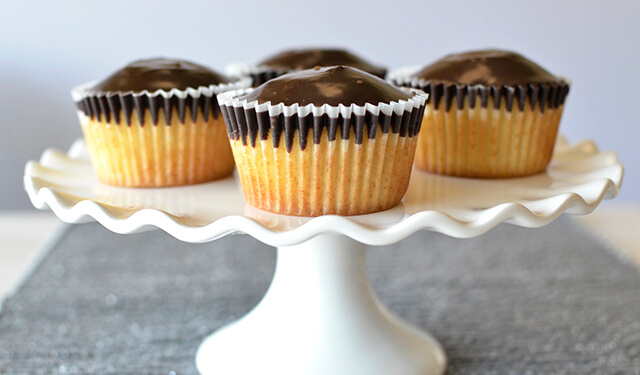
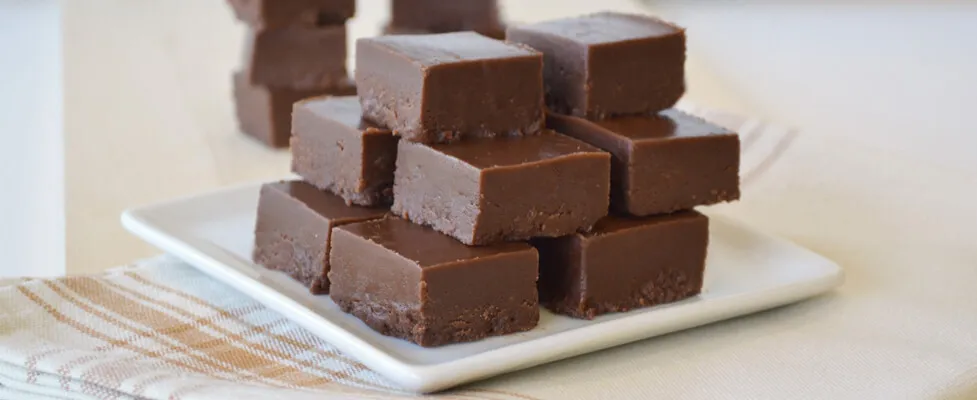
Oh, Fudge! What happened?
This is the time of year when many people spend extra time in the kitchen cooking and baking. This is also the one time of year many people will try their hand at making candies – caramels, peanut brittle or fudge to name a few. Candy is not hard to make, but it does take a little know-how and a few special tools to ensure success in the kitchen.
SEE THE RECIPE
 by
Amber
by
Amber
 by
Amber
by
Amber
This is the time of year when many people spend extra time in the kitchen cooking and baking. This is also the one time of year many people will try their hand at making candies – caramels, peanut brittle or fudge to name a few. Candy is not hard to make, but it does take a little know-how and a few special tools to ensure success in the kitchen. Have you ever tried to make fudge, and instead of ending up with smooth, rich, chocolaty candy, have found yourself with a mouthful of gritty, crumbly pieces?
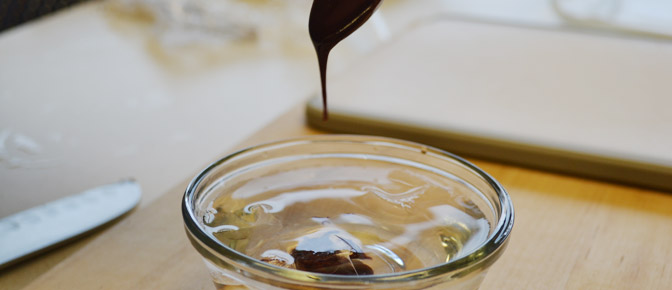
First, it is important to understand that all candy is made of sugar syrup. The final texture of candy is dependent upon how concentrated the sugar syrup becomes during the cooking process. For fudge you want it to be firm, but still soft. The official name for this is “soft ball” stage. You can test this by dropping a small amount of your hot candy base (for fudge, it’s often sugar, half & half, and chocolate) into ice water. If you can form the mixture into a ball that flattens out when removed from the water, you have achieved soft ball stage.
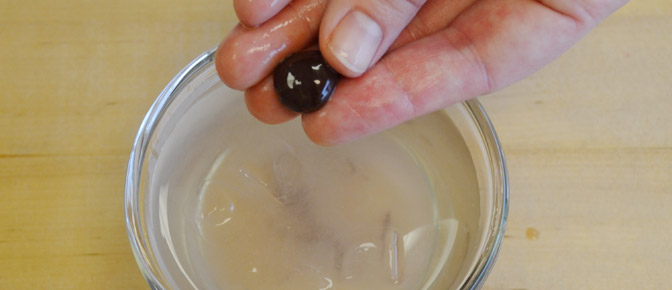
Or use one of my favorite pieces of kitchen equipment – a candy thermometer. These can be purchased at most big box stores, groceries stores or kitchen supply shops. Place the thermometer in the cooking pot and just monitor the temperature. Soft ball is between 234 to 240°F (and is often labeled as such right on the thermometer). For fudge I usually aim for right around 236°F. Cooking your mixture to this temperature will give you fudge that will cut easily and not crumble.
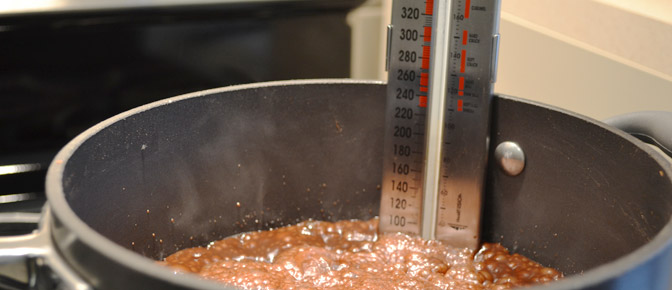
So temperature is the key to the correct firmness, but what about texture? Fudge is an example of a crystalline candy which means the key to perfect texture in in the sugar crystals. Did you ever make rock candy as a kid? Give it a little time and big sugar crystals seem to magically appear and keep growing. Well the same thing happens when you make fudge. You want to control the crystal growth so the crystals remain very small, invisible to the eye and the tongue. Small sugar crystals give you a smooth melt in the mouth texture. The secret to smooth fudge is to let the sugar syrup cool undisturbed until it reaches about 110°F and then beat it until no longer shiny. A temperature of 110°F is ideal, but -wow, was it hard to beat! I found it easier to beat the fudge and still get good results with a cooled temperature of 125°-135°F. A touch of corn syrup in the recipe also helps produce smoother, creamier fudge. I have also found that using pure cane sugar, rather than sugar from sugar beets, produces a more consistently smooth result without grittiness.

Sounds complicated, doesn’t it? Admittedly, it does take a little patience to make classic fudge from scratch. But if you’d like to try it, our Classic Cocoa Fudge is decadent and well-worth the extra effort.
If you’re not quite ready to involve a candy thermometer in the process, a few short cuts can help take some of the pressure off of you. Many recipes use sweetened condensed milk (like Pink Peppermint Fudge) or marshmallow cream (like Chocolate Walnut Fudge), both of which are sugar syrup based. These take the guesswork out of the heating, cooling and beating process of making fudge, and really just require all the ingredients to be heated and mixed together before pouring into a pan and cooling.
Do you have a favorite fudge recipe that you like to make for the holidays?
Share Your Thoughts
Did you find this article helpful? Has it inspired you? What else would you like to know?


